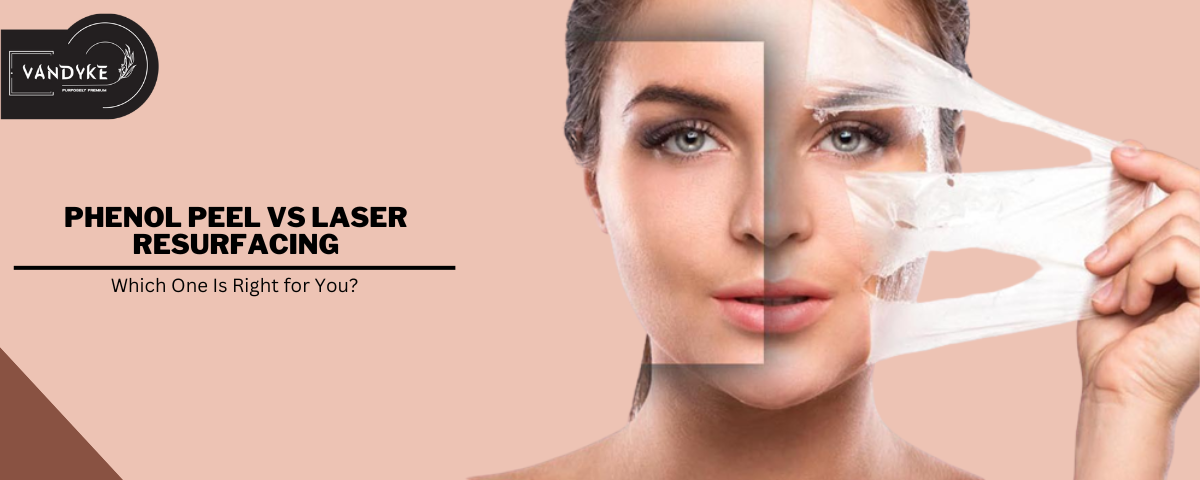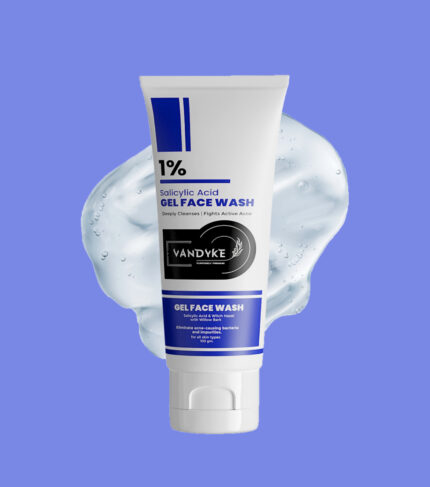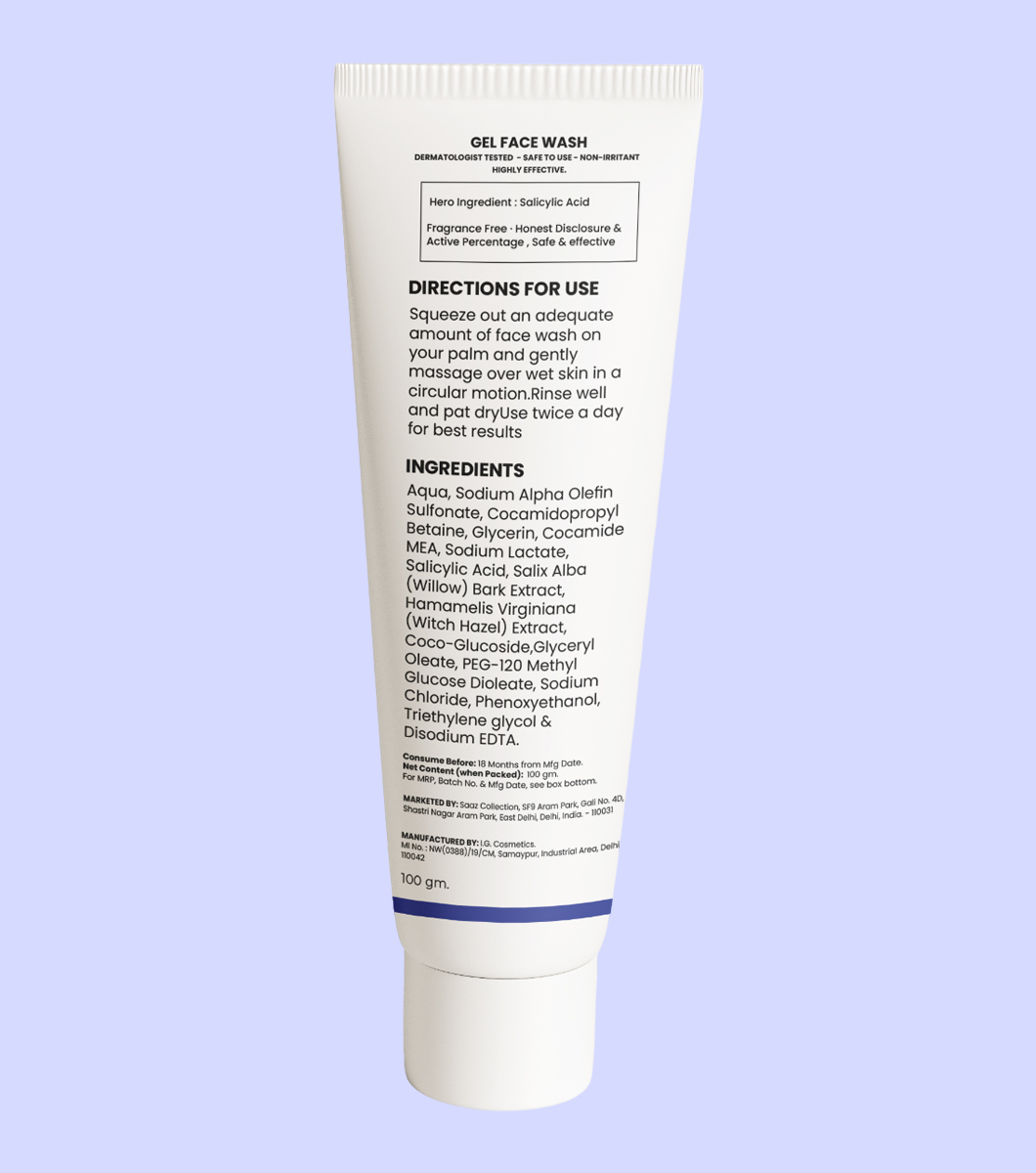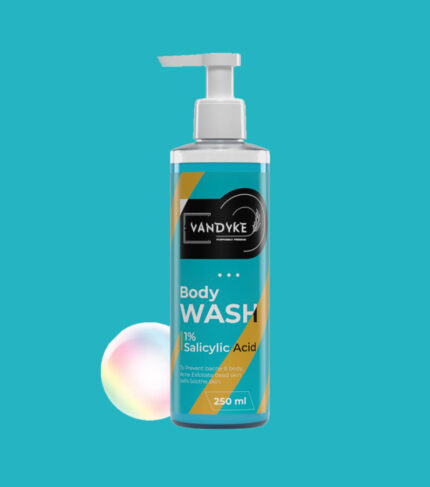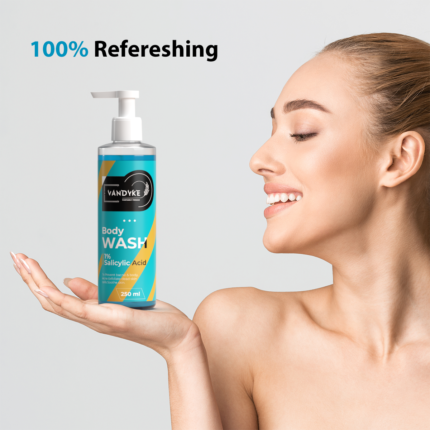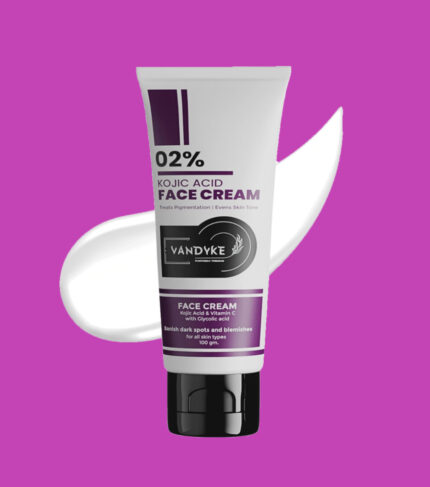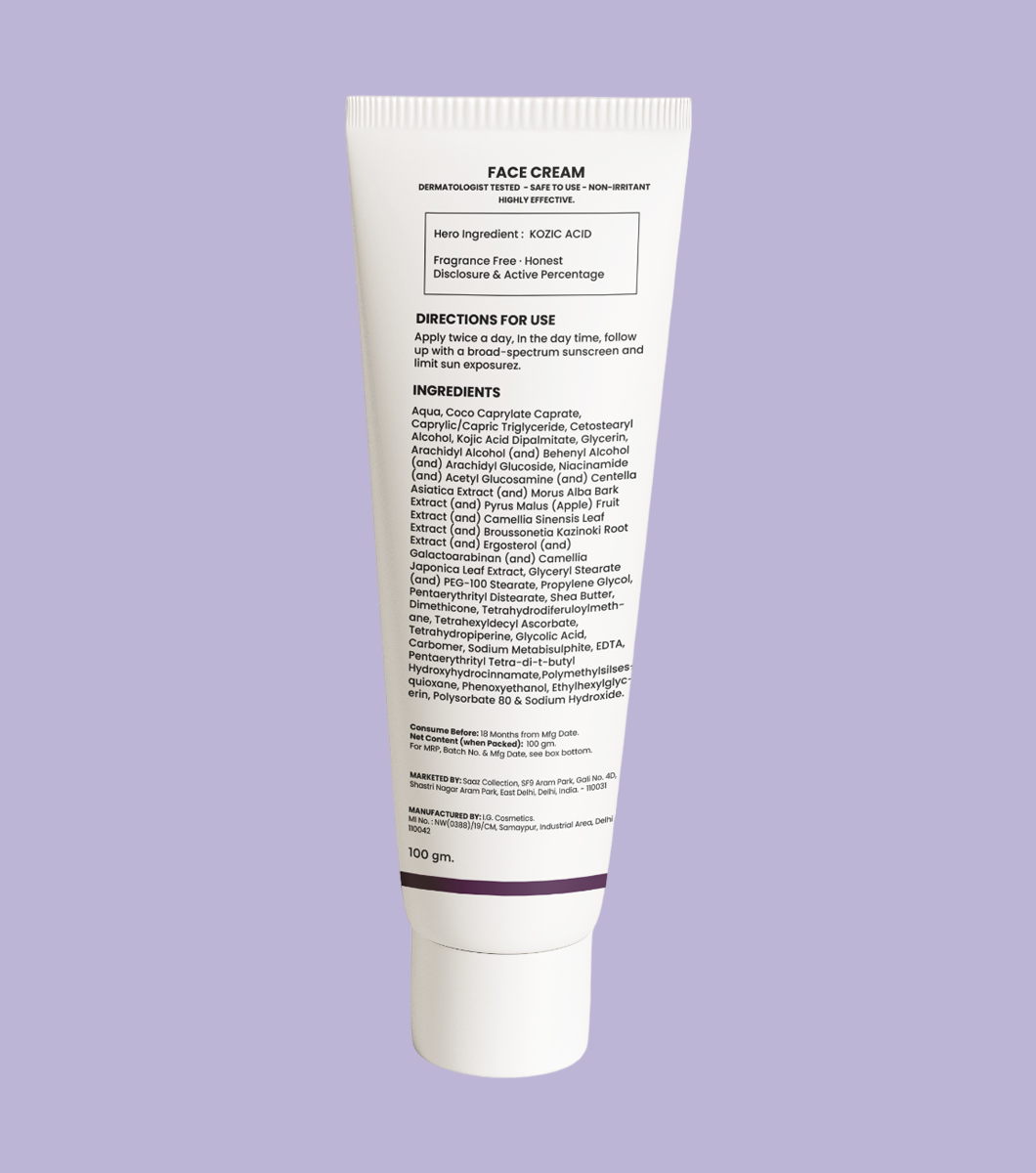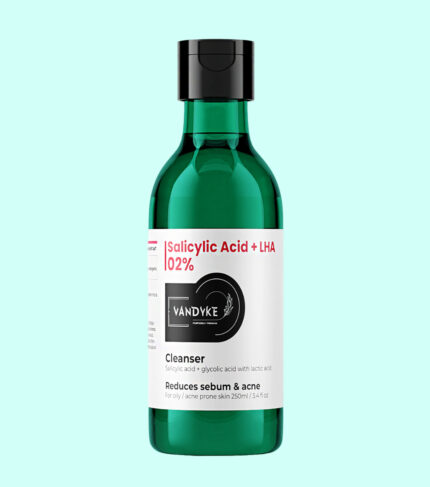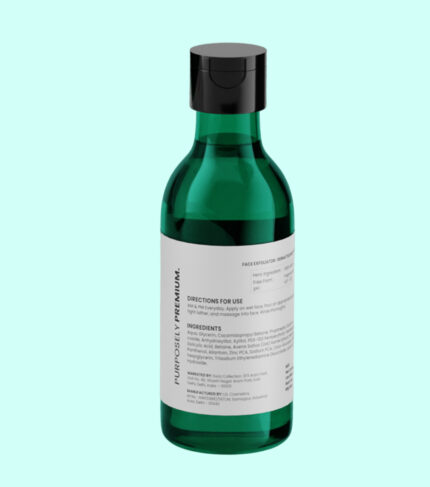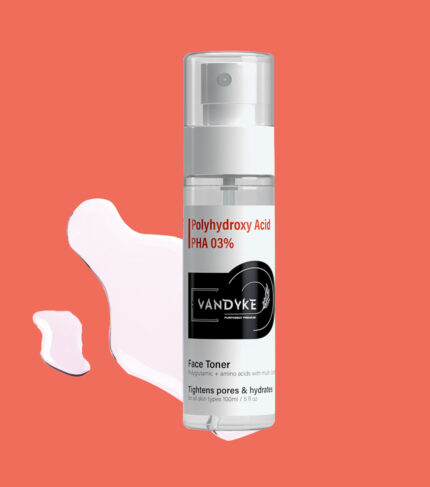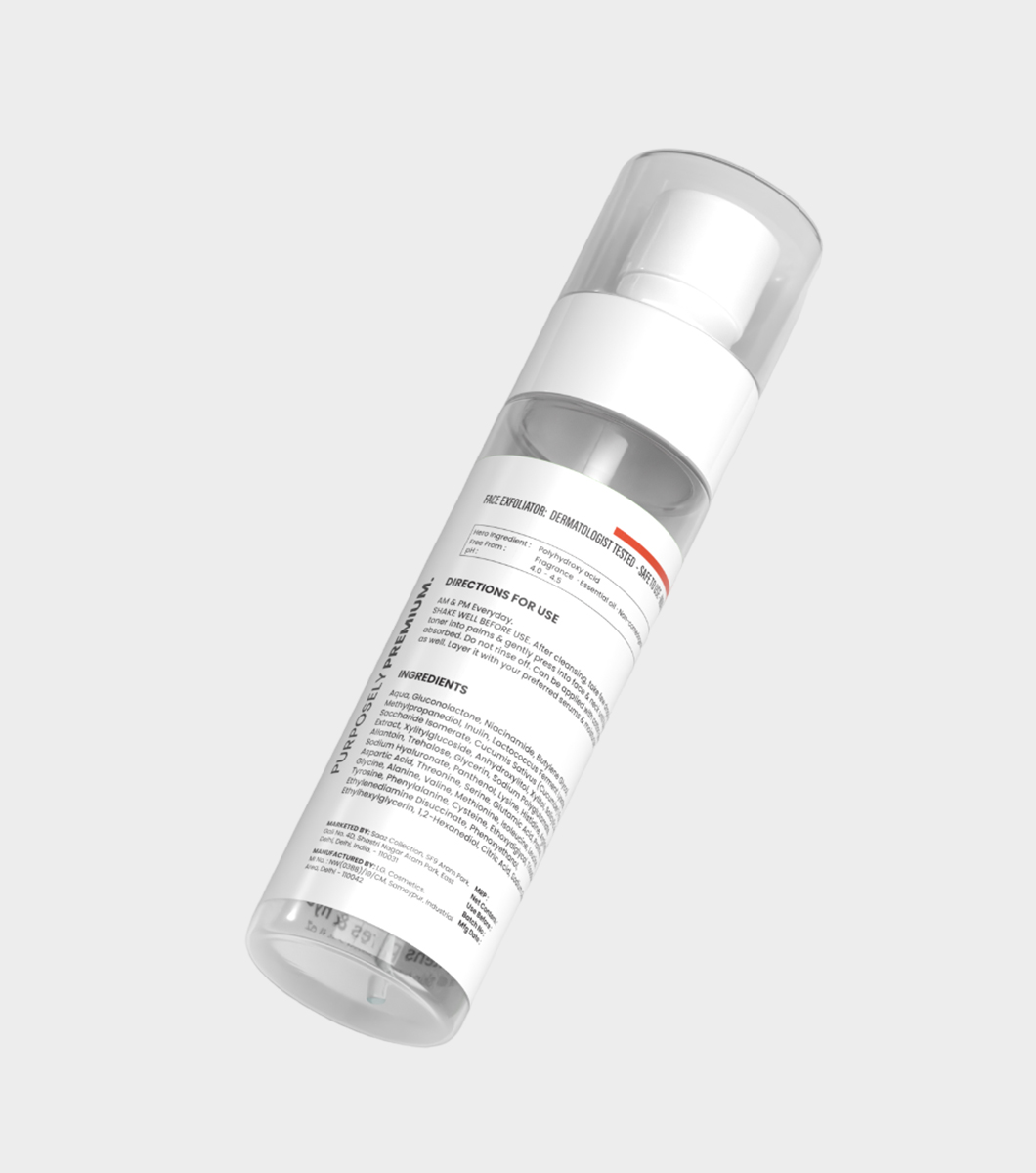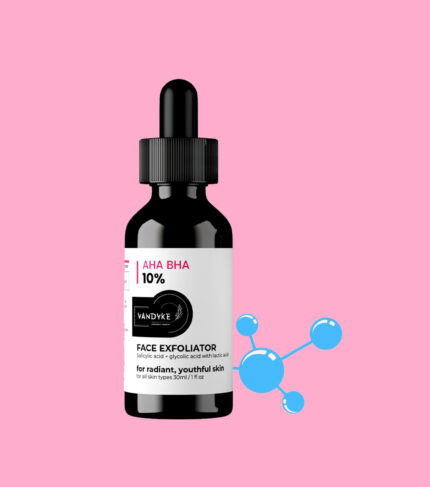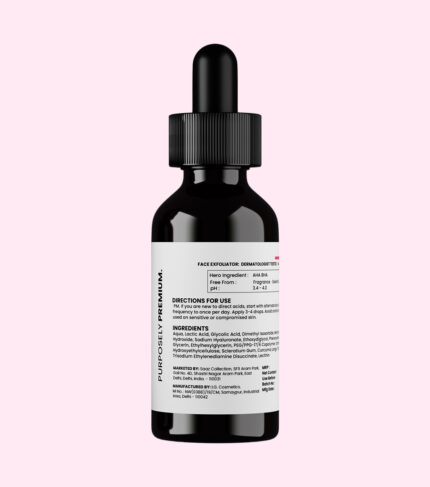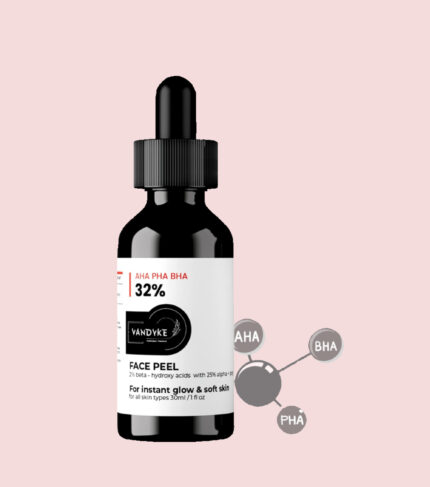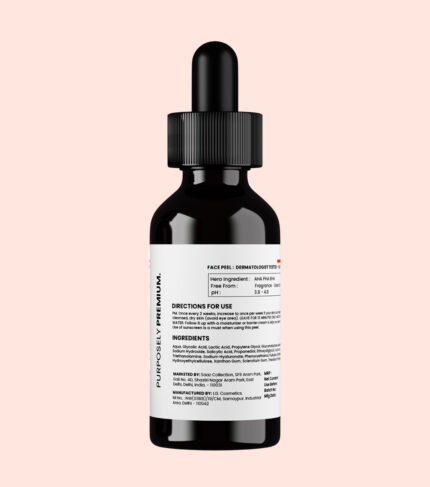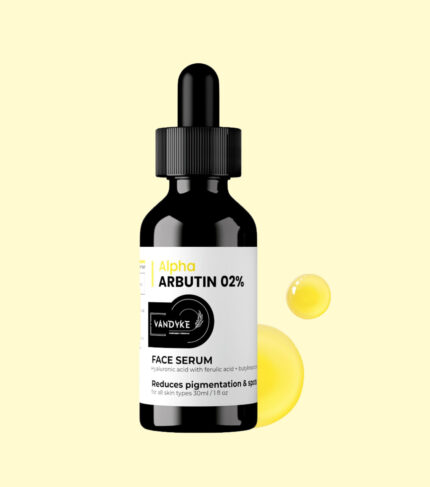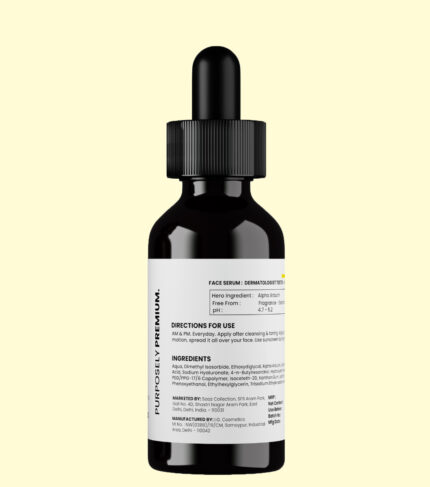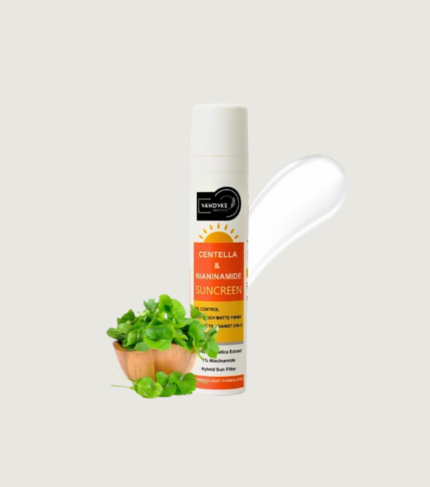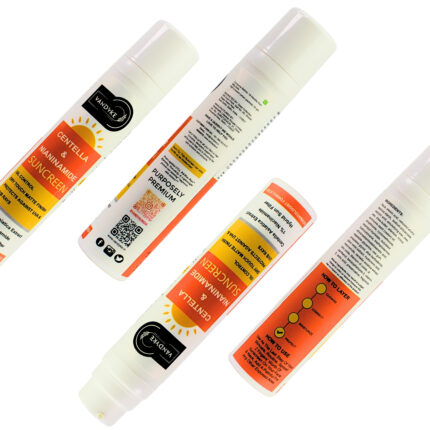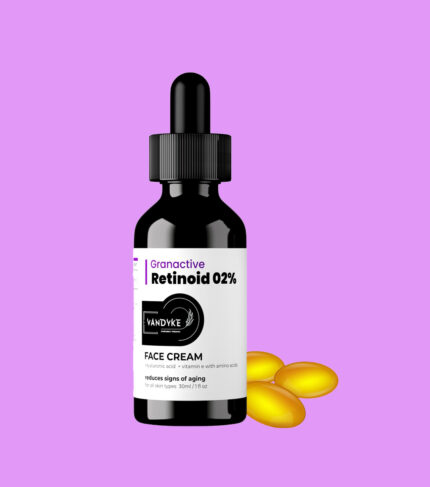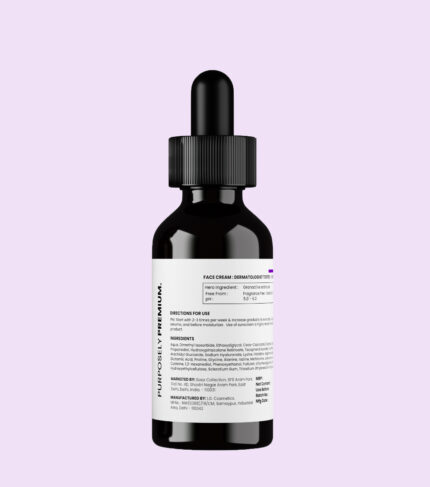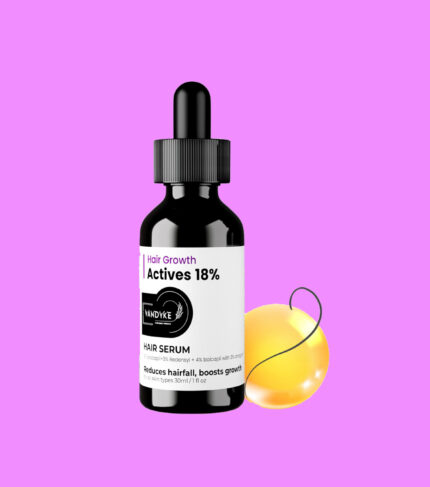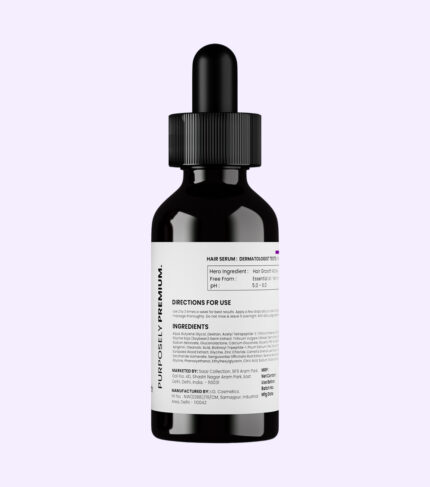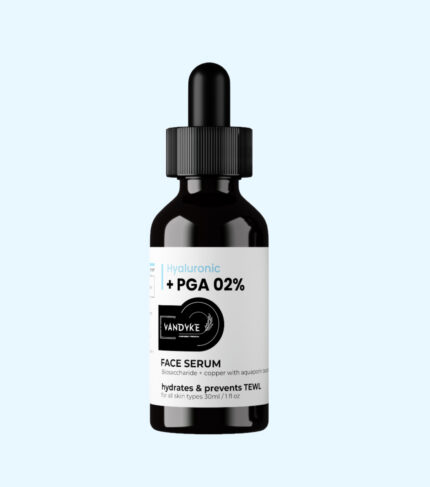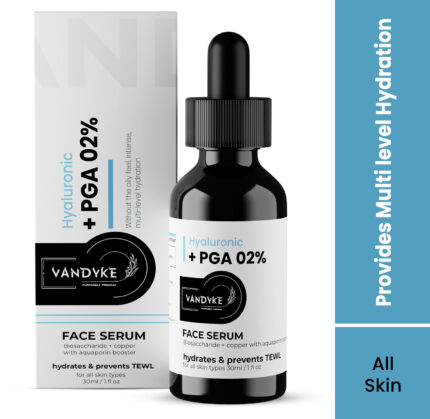Phenol Peel vs Laser Resurfacing: Which One Is Right for You?
Phenol Peel vs Laser Resurfacing: Achieving smooth, youthful, and rejuvenated skin is a common goal for many individuals seeking dermatological treatments. Two popular options for achieving this goal are Phenol Peels and Laser Resurfacing. But which one is the best and right choice for your skin? In this comprehensive guide, vandyke will explore both treatments, their differences, benefits, and help you make an informed decision for your skincare journey.
What are Phenol Peels?
A Phenol Peel, also known as a deep chemical peel, is a skin treatment performed by a dermatologist or trained professional. It involves the application of a chemical solution, typically composed of phenol, croton oil, and sometimes salicylic acid. The solution is applied to the skin’s surface and allowed to penetrate, causing the top layers of the skin to peel away gradually.
What is Laser Resurfacing?
Laser Resurfacing, on the other hand, utilizes laser technology to precisely remove the skin’s top layers. This treatment can target specific skin imperfections, including wrinkles, fine lines, scars, and age spots, by directing a laser beam at the problematic areas.
Key Differences between Phenol Peels and Laser Resurfacing?
While both Phenol Peels and Laser Resurfacing aim to rejuvenate the skin, they have fundamental differences that may influence your choice:
Depth of Treatment
- Phenol Peels
These peels penetrate deeper into the skin, often reaching the mid-level of the dermis. This makes them highly effective at addressing deep wrinkles, severe sun damage, and even precancerous growths.
- Laser Resurfacing
Laser treatments offer more control over the depth of treatment. Ablative lasers can penetrate deep, similar to Phenol Peels, while non-ablative lasers target the skin’s surface layers. The choice depends on the specific skin concerns you’re addressing.
Recovery Time
- Phenol Peels
Due to their deeper penetration, Phenol Peels typically require a longer recovery period. Patients can expect redness, swelling, and peeling that lasts for several weeks.
- Laser Resurfacing
Depending on the type of laser utilised, recovery timeframes might vary. While non-ablative lasers frequently require less downtime, sometimes only a few days of redness, ablative lasers may require a recovery period of up to two weeks.
Pain and Discomfort
- Phenol Peels
The process of these peels can be unpleasant both during and after. In many cases, local or general anaesthesia is necessary.
- Laser Resurfacing
Laser treatments are generally less painful, with topical anesthesia or numbing creams usually sufficient.
The Benefits of phenol peels and Laser Resurfacing
Both treatments offer several advantages, and your choice should align with your skin concerns and preferences:
Phenol Peel Benefits
- Deep Wrinkle Reduction
Phenol Peels are renowned for their exceptional ability to diminish the appearance of deep wrinkles. These include stubborn lines such as crow’s feet, which form around the eyes, and frown lines that appear on the forehead. By penetrating the skin’s deeper layers, Phenol Peels stimulate collagen production, resulting in a smoother, more youthful complexion. The transformation can be truly remarkable, as these peels effectively turn back the clock on visible signs of aging.
-
Precise Spot Treatment
One of the standout advantages of Phenol Peels is their precision. Dermatologists and skincare professionals can administer these peels with pinpoint accuracy. This means they can target specific areas of concern, such as age spots, acne scars, or sun damage. By concentrating the treatment on particular problem zones, patients can achieve a customized skincare solution that addresses their unique needs, leading to a more even and rejuvenated skin tone.
- Long-Lasting Results
Perhaps one of the most appealing aspects of Phenol Peels is their longevity. Unlike some other chemical peels that require more frequent applications, Phenol Peels offer enduring benefits. Many individuals enjoy the results for several years after a single treatment. This extended period of improvement not only makes Phenol Peels a cost-effective choice but also means fewer visits to the dermatologist for maintenance, making them a convenient option for those with busy lifestyles.
Laser Resurfacing Benefits
- Versatile
Laser resurfacing treatments are incredibly versatile, offering a broad spectrum of applications for various skin concerns. They can be precisely customized to address individual needs, making them an excellent choice for those seeking to improve their skin’s appearance. Whether you’re dealing with fine lines, wrinkles, acne scars, sun damage, or uneven skin texture, there’s likely a laser treatment option that can be tailored to suit your specific concerns. This adaptability is one of the key advantages of laser resurfacing.
-
Shorter Recovery
Depending on the specific type of laser used and the depth of treatment, recovery times for laser resurfacing can be relatively short compared to more invasive procedures. While some lasers may require a few days of downtime, others offer minimal downtime, allowing individuals to resume their daily activities more quickly. This shorter recovery period can be especially appealing to those with busy schedules who want to see noticeable improvements without an extended interruption to their daily lives.
- Minimal Pain
Laser resurfacing procedures are generally associated with less pain and discomfort compared to more aggressive treatments like Phenol Peels. Many laser systems incorporate cooling technologies to enhance patient comfort during the procedure. Some individuals may experience a mild sensation of heat or tingling, but overall, the discomfort is manageable. Additionally, post-procedure discomfort can often be alleviated with over-the-counter pain relievers.
Choosing the Right Treatment
The choice between Phenol Peels and Laser Resurfacing depends on your specific skin concerns, tolerance for downtime, and pain threshold. Here are some guidelines to help you decide:
Consider Phenol Peels If
- You have deep wrinkles, especially in areas like the forehead, around the eyes, or mouth.
- Precise spot treatment is essential for your skin concerns.
- You can tolerate a longer recovery period and are prepared for the associated discomfort.
- You’re seeking long-lasting results that can extend several years.
Consider Laser Resurfacing If:
- Your skin concerns are less severe, such as fine lines, uneven skin tone, or mild scarring.
- You prefer a shorter recovery time with less downtime.
- You have a lower pain threshold or are looking for a less painful procedure.
- You want the flexibility to customize treatment based on your specific concerns.
Consultation with a Dermatologist
Ultimately, the best choice between Phenol Peels vs Laser Resurfacing can be determined through consultation with a board-certified dermatologist or skincare professional. They will assess your skin type, concerns, and goals to recommend the most suitable treatment option.
It’s important to note that both Phenol Peels and Laser Resurfacing are medical procedures that should be performed by experienced practitioners in a clinical setting. Safety and effectiveness should always be the top priorities when considering these treatments.
Why can you choose Vandyke AHA BHA?
When considering skin rejuvenation treatments like Phenol Peels and Laser Resurfacing, it’s essential to complement these procedures with a well-rounded skincare routine to maintain your skin’s health and appearance. The Vandyke AHA BHA 10% Face Exfoliator can be seamlessly integrated into such a regimen. This exfoliator contains a 10% blend of AHAs (Alpha Hydroxy Acids) and BHAs (Beta Hydroxy Acids) for gentle yet effective exfoliation, revealing clear, radiant, and hydrated skin. And you can also choose vandyke AHA PHA BHA 32% face exfoliator. They are suitable for all skin types, fragrance-free, essential oil-free, and non-comedogenic. The key ingredients, including Polyhydroxy Acid, Lactic Acid, Glycolic Acid, and Salicylic Acid, work together to exfoliate the skin gently. To use, apply 3 to 4 drops, avoiding the eyes and sensitive areas. Consult your dermatologist to ensure compatibility with your skincare routine and treatment plan.
Final Thoughts
Phenol Peel vs Laser Resurfacing: Phenol Peels and Laser Resurfacing are both valuable tools in achieving smoother, more youthful skin. Your decision should be based on your individual skin needs, recovery preferences, and tolerance for pain. To ensure the best outcome, seek consultation with a qualified dermatologist who can provide expert guidance and recommend the most appropriate treatment tailored to your unique skin concerns.
Choose vandyke skin care tips vandyke skin care products because we are;
“Purposely Premium”

